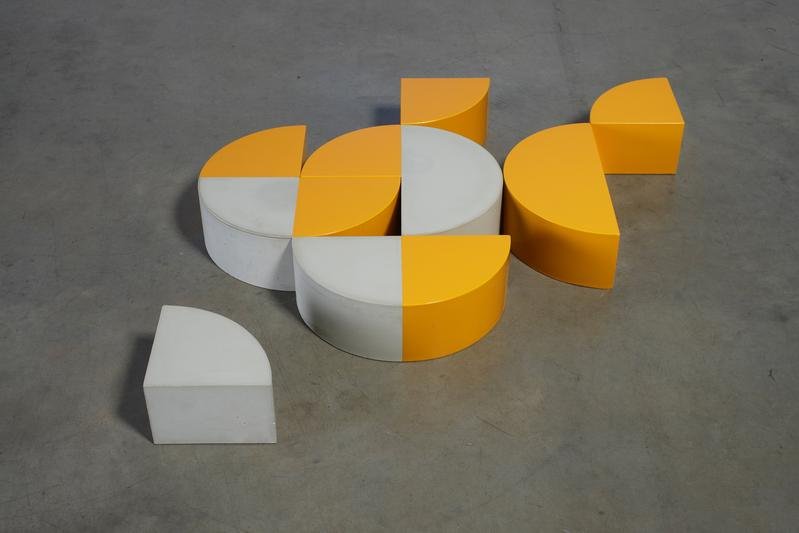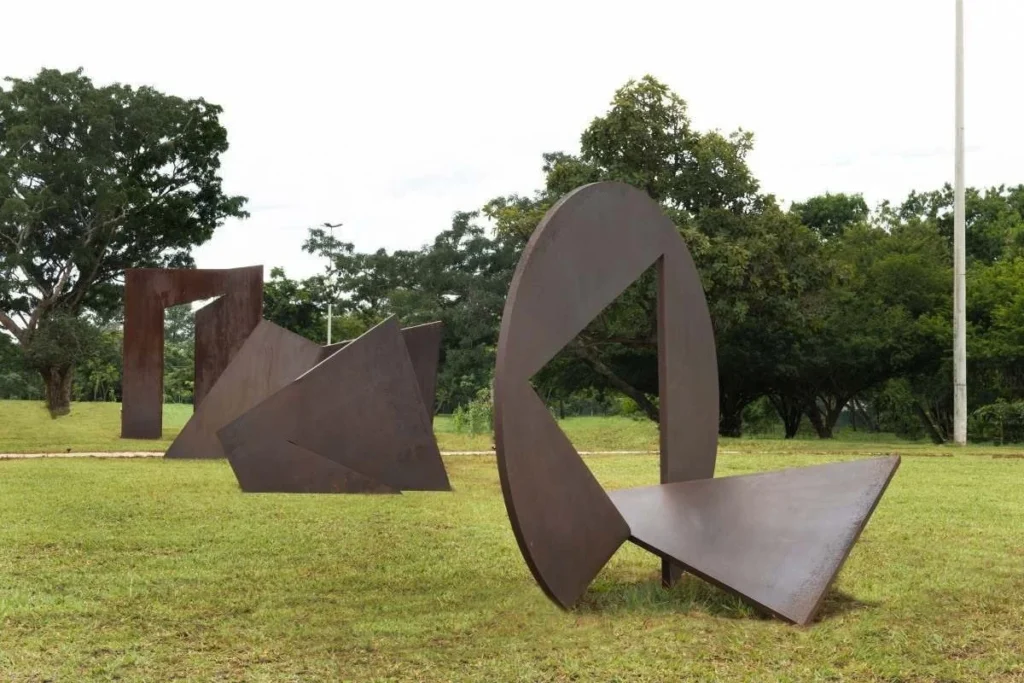Brazilian Neoconcretism was more than an art movement—it was a sensory and conceptual revolution that deeply transformed art in Brazil and beyond. Emerging in the late 1950s as a reaction to the rigidity of Concretism, Neoconcretism sought to reintegrate the body, subjectivity, and sensorial experience into artistic practice.
With figures like Lygia Clark, Hélio Oiticica, Lygia Pape, and Ferreira Gullar, the movement broke with the idea of the artwork as a closed and autonomous object. Instead, it proposed art as a living event, capable of engaging the viewer as a participant, not merely a passive observer.
A Sensitive Reaction to Rational Geometry
The rise of Brazilian Neoconcretism was a direct response to Concretism, which dominated the 1950s art scene. Though it valued order and rationality, Concretism ultimately dehumanized art, detaching it from bodily and emotional experience. The Neoconcrete Manifesto, published by Ferreira Gullar in 1959, declared that art should be lived, not simply viewed.

According to Neoconcretismo: Vértice e Vanguarda na Arte Brasileira (Adauto Novaes, 2005), “Neoconcretism proposed the fusion of the sensitive and the rational, the object and the body, space and time.” This approach brought a new dimension to contemporary Brazilian art by challenging the limits of what constituted a work of art.
Lygia Clark developed interactive objects such as the Bichos, articulated structures completed through the audience’s manipulation. Hélio Oiticica created immersive experiences like the Parangolés and Penetráveis, where the viewer’s body became an essential part of the work. In these creations, space becomes a language rather than merely a backdrop.
Neoconcretism: Art as Experience and Transformation
In Brazilian Neoconcretism, the viewer takes on a new role—not as observer, but as co-creator. The artworks are no longer static; they come alive through the interaction with the body, movement, and time. This transforms art into a continuous event, constantly redefined by human presence.
According to the Instituto Moreira Salles, “the Neoconcrete work requires bodily engagement and invites the public to break with the ocular-centric logic of Western art.” Sensory experience becomes the core of creation, shifting art from the silent museum space to the realm of gesture, breath, and connection.
This performative dimension is most evident in Oiticica’s Parangolés—vibrant capes made to be worn and danced. Far from being mere mobile sculptures, they are manifestos of the body in motion. As noted by MoMA, by incorporating dance, color, and participation, these works blur the line between art and daily life.
The Neoconcrete Legacy in Contemporary Art
The influence of Brazilian Neoconcretism transcends national boundaries. Its echoes are present in contemporary artists who explore relational art, interactivity, and sensory immersion. The MoMA’s 2014 exhibition Lygia Clark: The Abandonment of Art, 1948–1988 reaffirmed the movement’s global importance.
Moreover, the concepts forged by the Neoconcretists resonate with current concerns—blurring the borders between art and life, decolonizing the gaze, and valuing subjective experience. Brazilian contemporary artists like Ernesto Neto, Laura Lima, and Vivian Caccuri build upon this tradition by placing the body at the center of artistic creation.
According to the study Neoconcretismo e Arte Contemporânea no Brasil, from the University of São Paulo (2020), “the poetics of participation and instability remain among the movement’s most enduring legacies.”
In times marked by digital flux and physical disconnection, art that invites touch, presence, and attention becomes more vital than ever.



